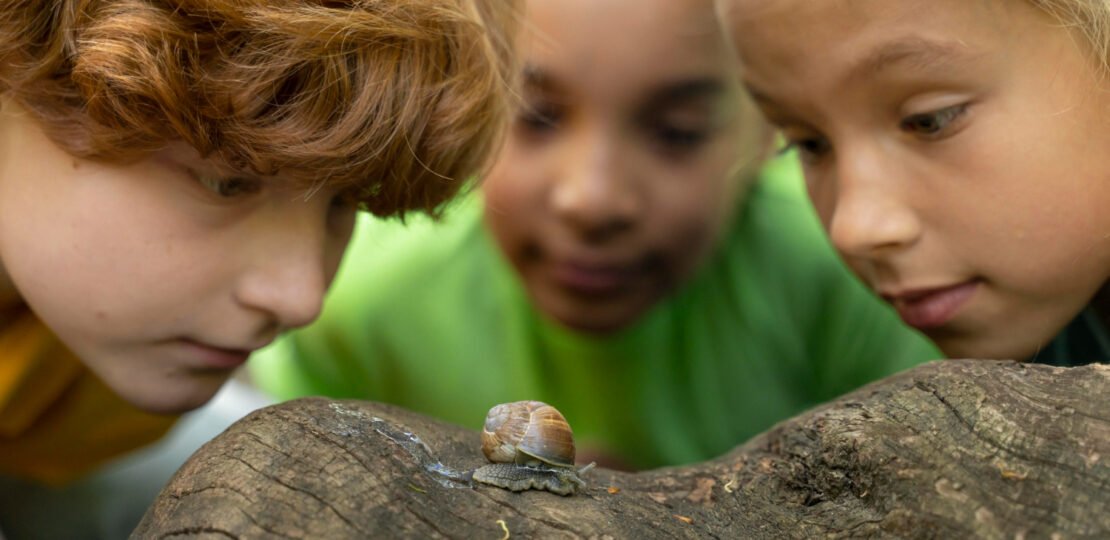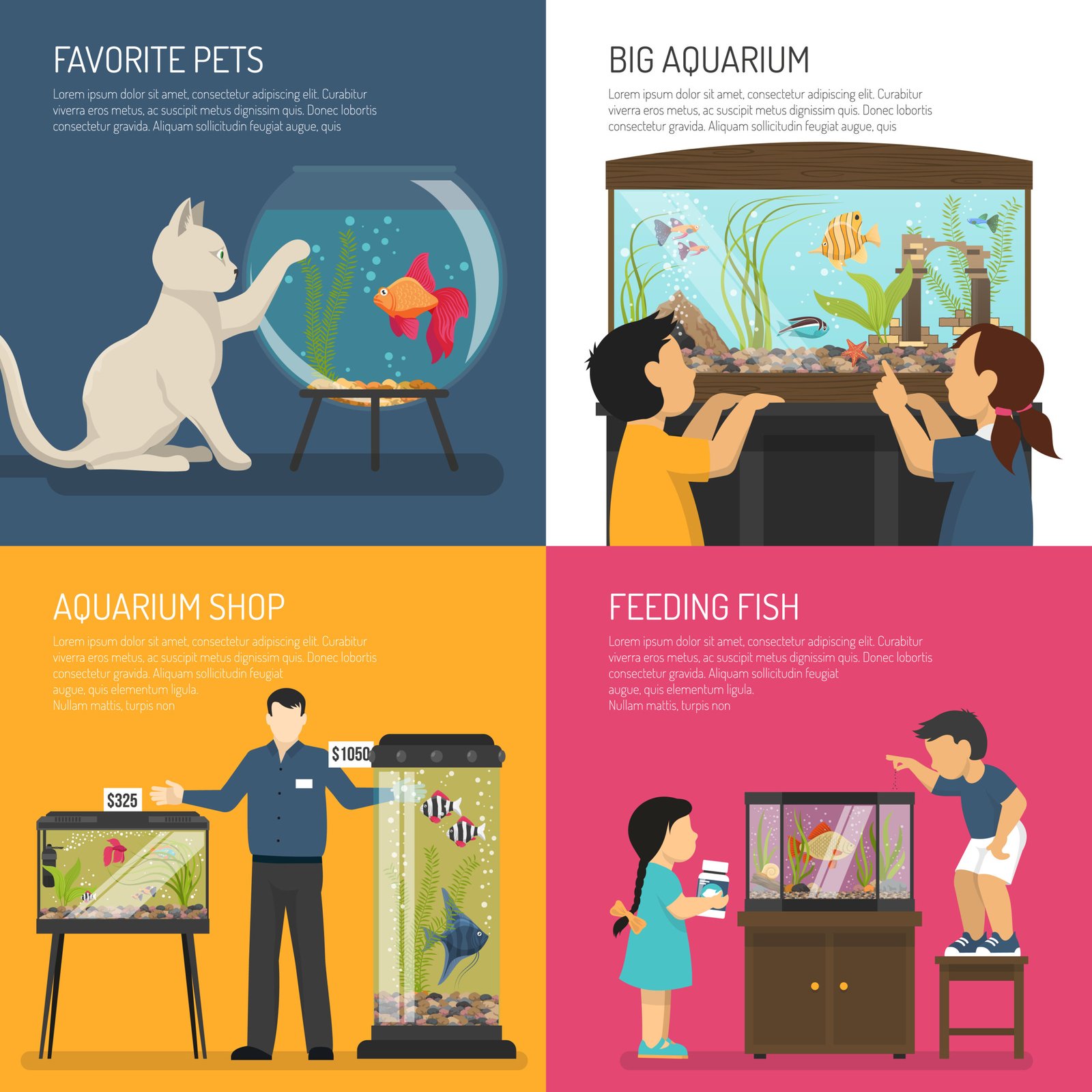Reptile Lifespan: Understanding the Lifespan of Your Pet Reptile
November 13, 2024 | by usmandar091@gmail.com

Reptiles are known for their incredible diversity in species, behavior, and environment, making them fascinating and rewarding pets. One of the most important considerations when adopting a reptile is understanding their lifespan. The lifespan of a reptile can vary dramatically depending on its species, environmental conditions, diet, and overall care. While some reptiles may live only a few years, others can thrive for decades. This article delves into the factors influencing reptile lifespan, provides specific lifespan estimates for various popular species, and offers tips on ensuring your pet reptile lives a long and healthy life.

1. Factors Affecting Reptile Lifespan
The lifespan of a reptile is influenced by several factors that determine not only their survival but also their overall health throughout life. These factors include genetics, environment, diet, and medical care. While reptiles generally have longer lifespans than many mammals, they can be prone to certain issues that affect their longevity if not properly cared for.
Table of Contents
1.1 Genetics and Species Type
The species of reptile you own plays a significant role in how long they will live. Some species are naturally predisposed to longer lifespans, while others have shorter life expectancies. For example, turtles and tortoises are among the longest-living reptiles, with many species living well over 50 years, while other reptiles like certain geckos may live for only 5-10 years.
- Long-Lived Species: Tortoises, iguanas, and some snake species have notably long lifespans, with some reaching over 70 years in captivity.
- Shorter-Lived Species: Smaller reptiles, such as anoles and geckos, tend to have shorter lifespans, often averaging 5-15 years depending on the species.
1.2 Environmental Factors
Reptiles are ectothermic, meaning they rely on external sources of heat to regulate their body temperature. This makes their habitat environment crucial to their health and longevity. In the wild, reptiles live in very specific environmental conditions, which help them maintain optimal health. However, when kept as pets, their habitat must be carefully managed to replicate these conditions.
- Temperature: Proper temperature gradients (warm, cool, and basking areas) are essential for maintaining metabolic function and immune health. Temperatures that are too high or low can shorten a reptile’s life.
- Humidity: Humidity levels must be regulated to match the species’ native environment. Excessive dryness or moisture can lead to respiratory issues, skin problems, and dehydration, all of which can impact lifespan.
- Lighting: UVB lighting is crucial for reptiles to synthesize vitamin D3, which helps in calcium absorption. Without proper UVB exposure, reptiles are at risk for metabolic bone disease (MBD), which can severely shorten their life.
1.3 Diet and Nutrition
A balanced diet is vital to the overall health of reptiles. Poor nutrition or feeding improper foods can lead to deficiencies, obesity, and other health problems that reduce lifespan.
- Herbivores: Tortoises and iguanas require a high-fiber, low-protein diet with plenty of leafy greens, vegetables, and fruits. A lack of calcium or overfeeding on protein-rich foods can result in serious health problems.
- Carnivores: Snakes and some lizards thrive on a diet of insects, rodents, or other prey. It’s important to provide appropriately-sized prey and offer supplements like calcium and vitamin D to prevent bone issues.
- Omnivores: Species like bearded dragons and some turtles need a combination of plants and insects in their diet. These reptiles require more variety in their food, and ensuring the correct ratio of protein to vegetables is critical.
1.4 Medical Care
Like any pet, reptiles require regular veterinary care to ensure they are healthy and free from parasites or diseases. Reptiles often hide signs of illness, making routine checkups and prompt treatment for infections or injuries essential to maintaining their health and extending their lifespan.
- Parasite Control: Regular deworming and parasite control are crucial, as internal or external parasites can significantly shorten a reptile’s life if left untreated.
- Metabolic Bone Disease (MBD): Particularly common in reptiles that do not receive enough calcium or UVB light, MBD can be debilitating and shorten a reptile’s lifespan.
- Monitoring Health: Any changes in behavior, appetite, or activity levels should be addressed quickly to prevent further complications.
2. Lifespan of Common Pet Reptiles
Reptile lifespan varies greatly between species. Below are some lifespan estimates for various popular pet reptiles, based on both wild and captive environments.
2.1 Turtles and Tortoises
Turtles and tortoises are among the longest-living reptiles and can live for several decades, and in some cases, over a century. However, their lifespan depends on the species, as some are more adapted to living in captivity than others.
- Box Turtles: Box turtles can live anywhere from 50 to 100 years with proper care.
- Russian Tortoises: These tortoises typically live 40-50 years, but some individuals may live longer if their health is well-maintained.
- Aldabra Giant Tortoises: Known for their immense size and longevity, Aldabra tortoises can live over 100 years in captivity.
- Red-Eared Slider Turtles: These popular aquatic turtles generally live between 20 and 40 years when properly cared for.
2.2 Snakes
Snakes are generally long-lived reptiles, and their lifespan depends on their species, size, and care. Larger snake species typically live longer than smaller ones.
- Ball Pythons: Ball pythons can live 30-40 years in captivity with proper care.
- Corn Snakes: Corn snakes have an average lifespan of 15-20 years when housed in the right environment.
- Boa Constrictors: These large snakes can live 25-30 years, with some individuals reaching up to 40 years in captivity.
- King Snakes: King snakes typically live 15-20 years in captivity, depending on the care provided.
2.3 Lizards
Lizards are another category of reptile with a wide range of lifespans. The size of the lizard and its native habitat can determine how long it lives.
- Bearded Dragons: Bearded dragons are one of the most popular pet lizards, and they can live 10-15 years with proper care.
- Leopard Geckos: Leopard geckos have a lifespan of 15-20 years when provided with good nutrition, habitat, and healthcare.
- Iguanas: Green iguanas can live 20-30 years, but they require a large enclosure, special lighting, and a balanced diet to thrive.
- Chameleons: Chameleons typically have shorter lifespans, with most species living 5-10 years in captivity.
2.4 Amphibians
Though not technically reptiles, amphibians such as frogs and salamanders are often included in reptile care discussions. Their lifespans vary from species to species.
- Axolotls: Axolotls can live 10-15 years in captivity.
- African Bullfrogs: These frogs live around 15-20 years when properly cared for.
3. Ensuring Longevity for Your Reptile
While genetics play a key role in a reptile’s lifespan, proper care and environment are just as important. Below are some tips for ensuring that your pet reptile lives a long and healthy life:
3.1 Provide a Proper Enclosure
The enclosure is one of the most critical aspects of reptile care. It should be tailored to the specific species’ needs, including temperature gradients, humidity levels, and appropriate lighting. Avoid overcrowding in enclosures, as this can lead to stress and health problems.
3.2 Monitor Health Regularly
Regularly observe your reptile for any signs of health issues, such as lethargy, changes in appetite, or unusual behaviors. If you notice anything concerning, consult a reptile-savvy vet as soon as possible. Routine veterinary checkups are crucial for early detection of diseases or parasites.
3.3 Maintain a Balanced Diet
Feed your reptile a species-specific diet that meets all of their nutritional needs. This includes providing fresh, nutrient-rich food and offering supplements as needed, such as calcium and vitamin D3. Ensure your reptile’s diet reflects their natural eating habits.
3.4 Prevent Stress
Stress can significantly impact a reptile’s immune system and lifespan. Minimize handling, provide hiding spots, and avoid sudden environmental changes. Ensure that your reptile’s habitat is calm, safe, and secure.
3.5 Provide Appropriate Lighting and Temperature
UVB lighting is essential for most reptiles to produce vitamin D3 and absorb calcium. Maintain proper temperature gradients to allow for thermoregulation, which is vital for metabolism and digestion. Invest in high-quality heat sources and UVB lights, and replace bulbs as necessary to ensure your pet’s health.
4. Conclusion
Reptile lifespan can vary greatly depending on the species, but with proper care, many reptiles can live long, healthy lives. By providing a suitable environment, balanced diet, and regular health monitoring, you can ensure your reptile thrives for years. While some species may only live for a decade or two, others may enjoy lifespans that stretch well into their 50s, 70s, or even 100 years. Understanding the specific needs of your pet reptile and meeting those needs consistently is the key to promoting a long, fulfilling life. Reptiles are fascinating, low-maintenance pets that can become lifelong companions with the right care.
RELATED POSTS
View all


